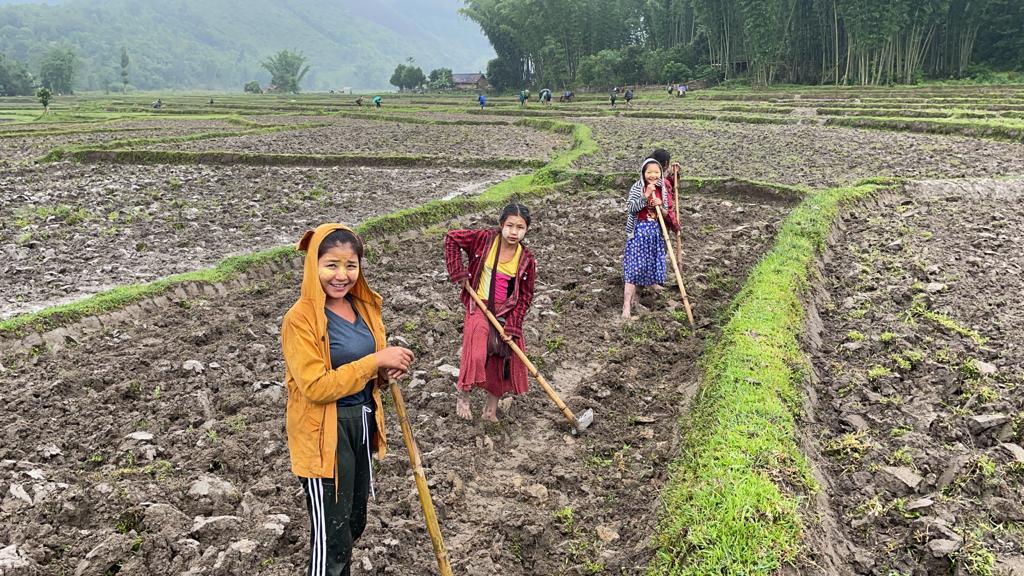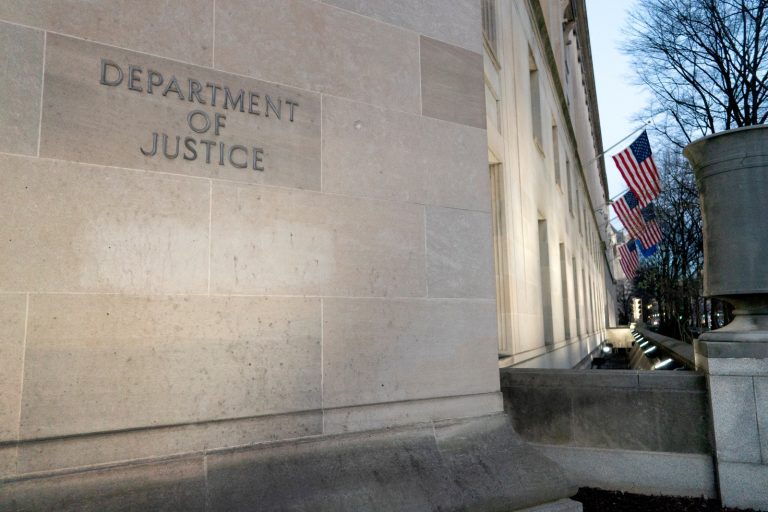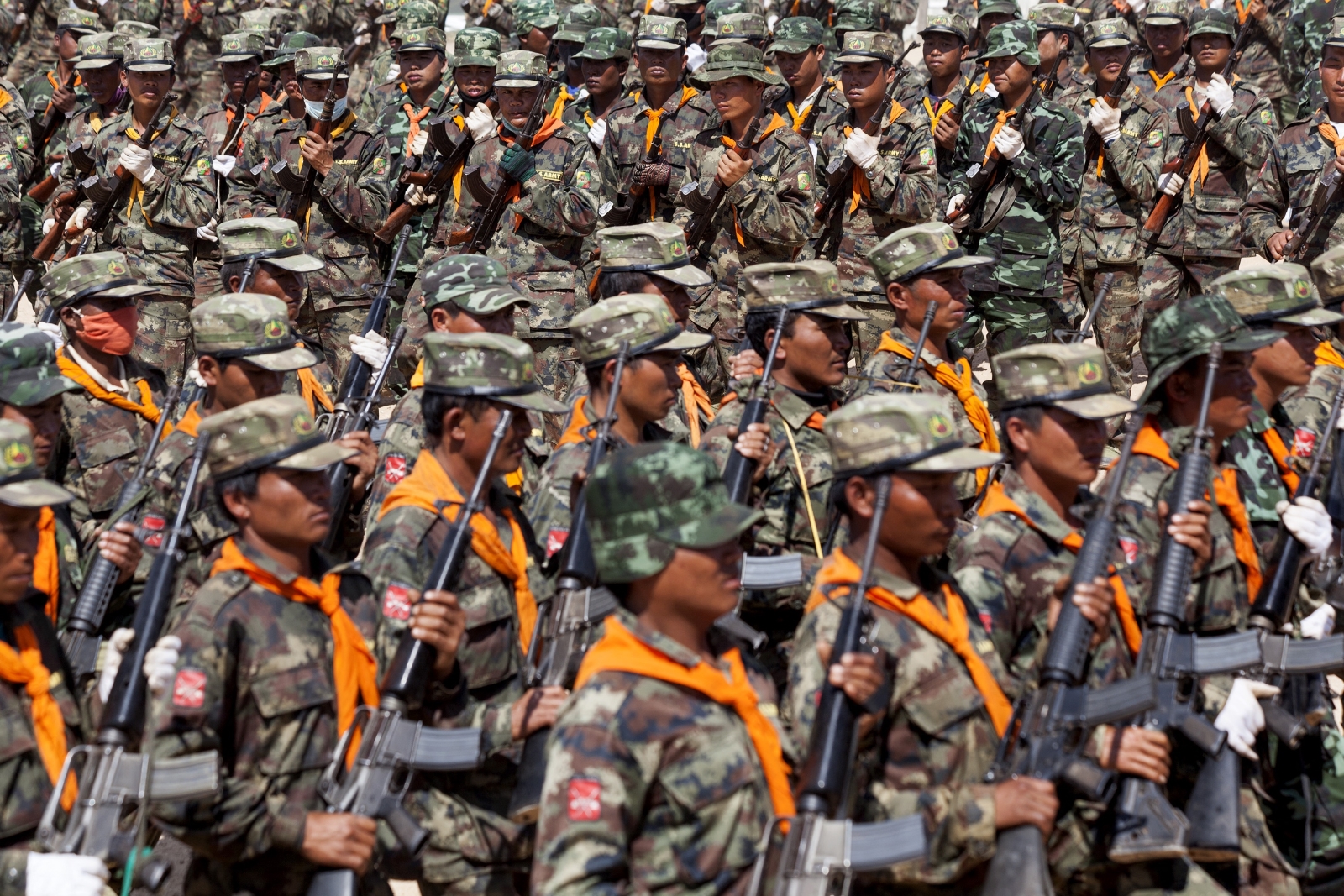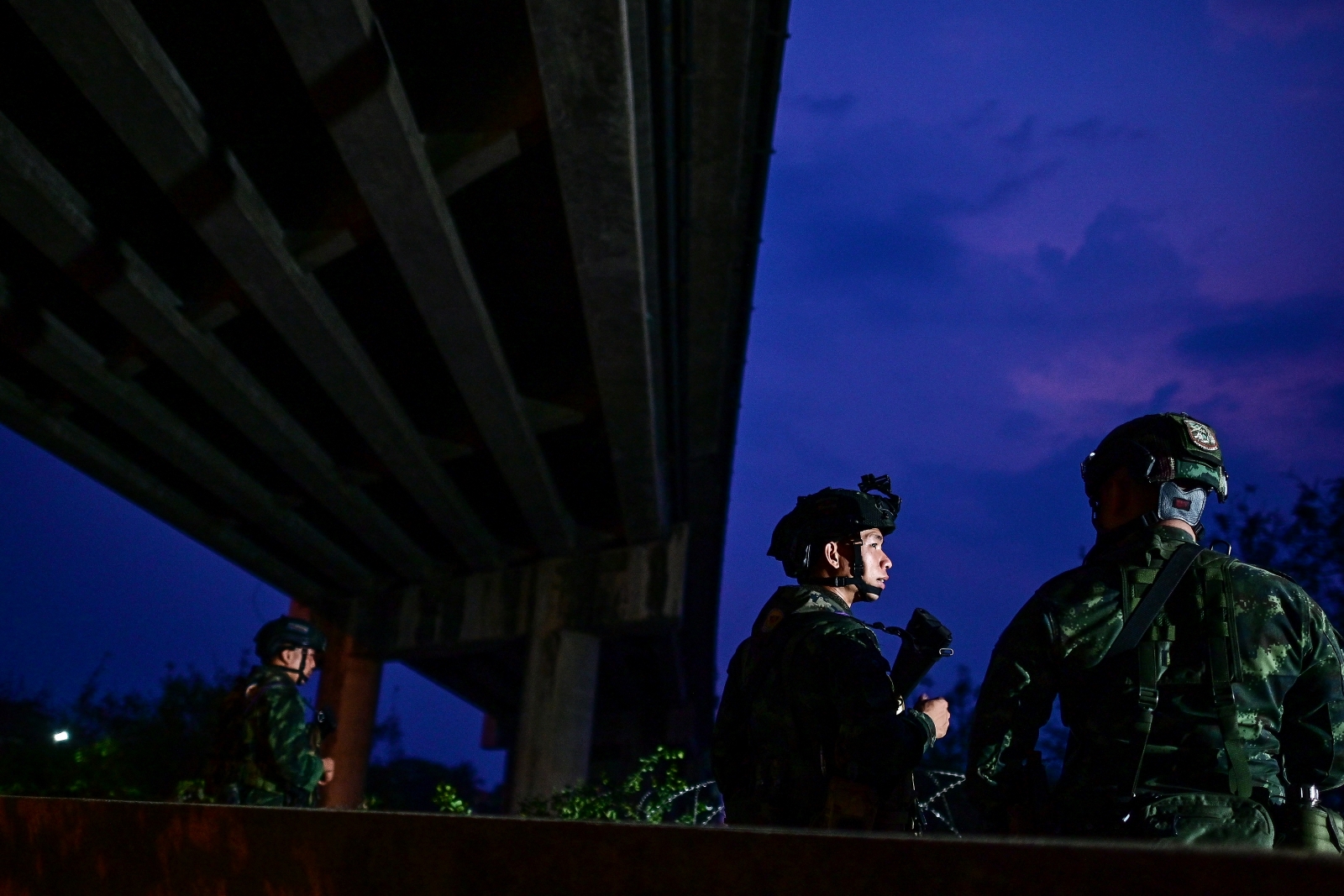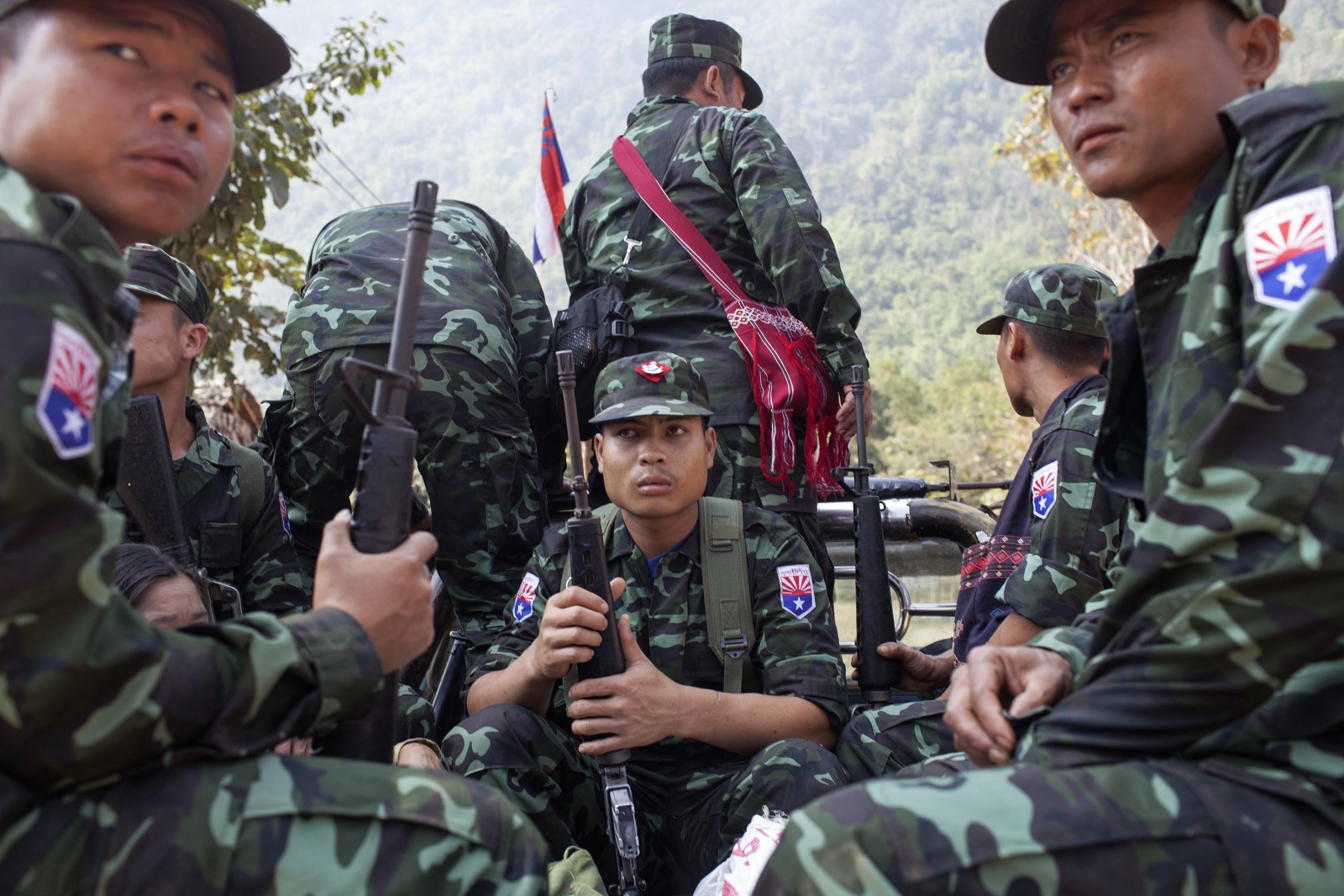The triple stressors of COVID-19, climate change and the coup have ruptured the political landscape in Myanmar, making it possible to think about the roles of ethnic armed groups in new ways.
By ASHLEY SOUTH | FRONTIER
Last August, the UN’s Intergovernmental Panel on Climate Change issued its sixth and starkest warning yet: the world is facing a grave crisis and the impacts will be particularly pronounced in poor and conflict-affected countries like Myanmar.
In the next two decades, human actions are likely to lead to a global temperature increase of more than 1.5°C above pre-industrial levels — surpassing the limit set in the 2015 Paris climate agreement and threatening more extreme weather patterns, including increasing droughts and floods and more intense and unpredictable monsoons. Countries like Myanmar will be particularly hard hit, compounding the ongoing humanitarian and human rights crises caused by the chaos of the 2021 coup and the ongoing COVID-19 pandemic.
But while the political disruption of the coup has created new threats and challenges, it also represents an opportunity for international actors to rethink how they approach supporting climate action in the country.
One of the most effective ways of slowing climate change is protecting forests and other natural ‘carbon sinks’. A carbon sink is anything that absorbs more carbon than it releases, like forests, which helps counter the damage of climate change. Many of the most extensive old growth forests and biodiversity hotspots in all of mainland Southeast Asia are located in areas under the control or influence of Myanmar’s ethnic armed organisations (EAO) – which have worked with local communities to sustainably manage these globally important natural resources for many generations. Myanmar’s indigenous peoples offer important lessons for the world, and highlight the key roles that indigenous communities have to play in mitigating and adapting to climate change — not just in Myanmar, but globally — and should be incorporated as a keystone in conservation efforts.
The previous juntas that ruled over Myanmar were more than happy to sell off the country’s natural resources at devastating environmental costs, and the current State Administration Council seems eager to continue that legacy. A year into the coup, it is now more important than ever that these communities, and the EAOs which seek to represent and protect them, get multifaceted, institutional support from the international communityto safeguard the future of Myanmar’s forests and the people who live in them.
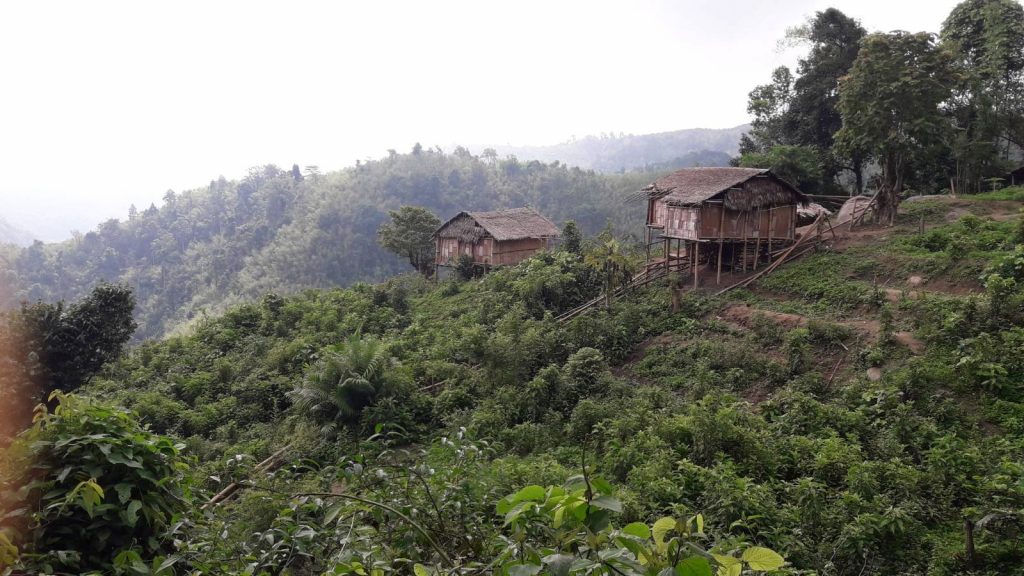
An SOS to EAOs
The nations and communities most impacted by the changing climate often bear little responsibility for it — Myanmar is no exception. As one of the most industrially under-developed countries in Asia, it has played a very minor role in producing the carbon dioxide emissions that are the root of the problem. Still, in the face of these disasters, the peoples of Myanmar continue to cope with and adapt to shocks with extraordinary resilience. In the face of catastrophe, whether they be natural disasters, the pandemic, or the coup, we see the peoples of Myanmar helping and caring for each other, often sharing rice and other essential items even while having very little themselves. With recent attacks by the Myanmar military in many areas however, local self-help coping strategies are sometimes stretched past the breaking point.
Outside help is needed to protect and assist vulnerable populations targeted by junta forces. At the same time though, the ‘localisation’ of aid needs to proceed on the basis that local actors are best placed to understand and respond to their own realities.
Mutual trust and solidarity among ethno-linguistic and faith-based networks have proved key elements of community resilience in many parts of the country, together with equitable customary laws and practices which help to protect unique habitats and ecosystems, and environmentally sustainable local livelihoods. Given the huge social and economic impacts of the COVID-19 pandemic in Myanmar and the region, the needs are great. The international community should support partner EAOs and civil society organisations (CSOs) to develop environmentally sustainable local economies based on the resilience of local communities.
The role of EAOs in combating climate change has become even more important following last year’s military coup. The illegal State Administration Council regime is generating income through new logging and mining concessions, threatening forests and other natural resources just as the world turns to these vital assets as key elements in mitigating and adapting to climate change. For example, the junta has announced plans to build hydro-electric dams on the Tanintharyi River, threatening some of the most intact forests in the country.
Several of Myanmar’s larger ethnic armed groups control some of the most substantial remaining forests in mainland Southeast Asia. The longer-established groups have developed often effective – if under-resourced – governance and service provision systems in their territories, including in areas of ‘mixed administration’, where authority is shared or contested with central authorities.
Groups like the Karen National Union, Kachin Independence Organisation, Restoration Council of Shan State, New Mon State Party and Karenni National Progressive Party have developed progressive forest and natural resource management policies. For example, the KNU’s 2009 Forest Policy includes extensive provisions for consulting with local communities and establishing protected areas. The KIO Forest Department is currently developing and reinforcing its policies and strategies, while the NMSP has started a process of reviewing and establishing land and forestry laws.
These armed groups and their civil society partners need political, financial and technical support to work with local indigenous communities, in order to manage and preserve forests, which are essential to mitigating climate change. Without this help, they may see few options but to follow the SAC into destructive, extractive natural resource practices in order to compete. With the right international support, EAOs, CSOs and communities can implement local development activities to complement the already extensive health and education services provided by many EAOs.
More recently established groups, including state-based consultation and coordination councils, also have important roles to play. These bodies, half a dozen of which have so far been formed, are inclusive forums bringing together anti-coup actors, including EAOs, civil society networks and political parties. Given the junta’s illegitimacy, groups like the Karenni State Consultation Council have emerged as credible governing entities viewed as legitimate by local communities.
Their relative inclusivity gives them a strong claim to sovereignty and legitimate authority, and as custodians of the remaining resources in Myanmar’s ethnic homelands. These groups and communities’ commitment to the responsible management of forests and natural resources constitutes a further claim to sovereignty.
Ethnic homelands are the heritage of the indigenous peoples who live there; when local armed groups and the CSOs they work with demonstrate responsible forest governance, they reinforce their political legitimacy. These community-based approaches to natural resource governance and indigenous rights complement the KNU, NMSP and other EAOs’ long-standing commitment to land rights.
Nevertheless, ethnic armed groups have in the past engaged in unsustainable natural resource exploitation and environmentally destructive practices, including logging and mining. In some areas, this continues to this day. To be credible custodians of global biodiversity, these groups need to demonstrate improved governance and stewardship of natural resources, including — where feasible — implementing moratoria on new mining and logging, which both contribute to deforestation, a major driver of climate change.
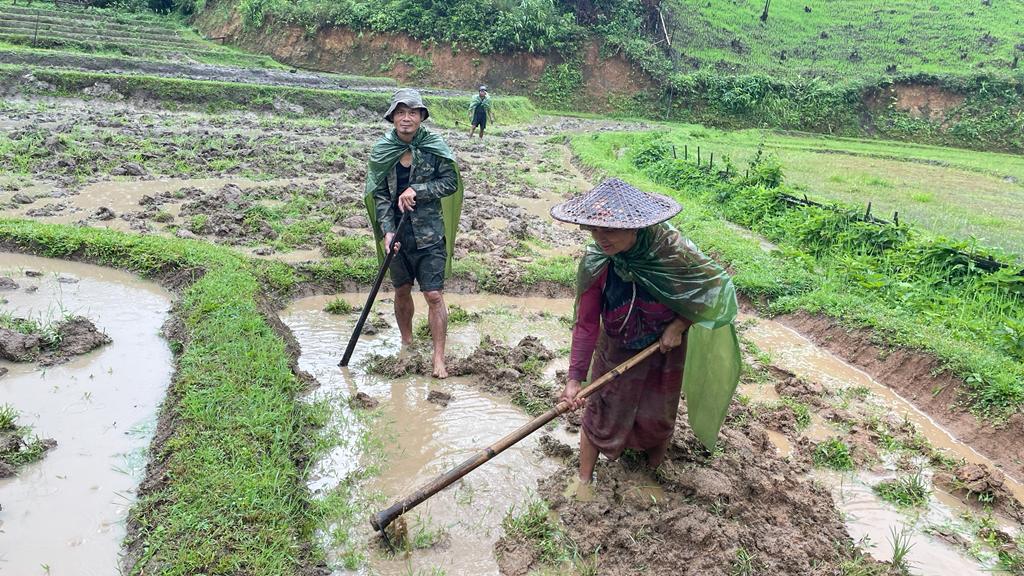
Community-based resource management
According to Prof Paulo Artaxo Neto, a member of the UN’s Intergovernmental Panel on Climate Change, there is “no cheaper, easier, and faster way to reduce CO2 emissions than by reducing tropical deforestation.” Myanmar contains the largest forest reserves in mainland Southeast Asia, including parts of Kachin State in the north and Tanintharyi Region in the south, in areas under the control of the KIO and KNU. Other ethnic nationality states, from Rakhine and Chin to Shan, Kayah and Mon, contain significant natural resources, including forests and marine ecosystems.
If sustainably managed, these forests can provide future income for communities and local authorities, including from biotechnology patents and ecotourism. While it’s important not to frame the value of Myanmar’s forests in purely monetary terms, the future financial benefits of these resources could prove as important for indigenous communities as oil wealth was to nations in the 20th century.
As political authorities, ethnic armed groups have responsibilities and opportunities to support communities in adapting to the impacts of climate change. As governance authorities, working in partnership with CSOs and technical experts, these groups can take the lead in identifying future livelihoods, food and human security stresses, and locally appropriate adaptations.
They should work with farmers and other stakeholders to identify which crops and other adaptations are most suitable. This may necessitate new agricultural methods, and the cultivation of different varieties of rice and other crops, as well as new off-grid solar and hydro-power technologies for local energy production. Smallholder agriculture is the key to adaptation and flexibility; they must avoid reproducing the large-scale, monocrop agriculture projects of the past.
Self-determination and climate action meet in locally-managed conservation initiatives, sometimes referred to as Indigenous and Community Conserved Areas, or ICCAs. The most well-known and politically and environmentally significant ICCA in Myanmar is the Salween Peace Park, recipient of the UN Development Programme 2020 Equator Prize.
This 5,500 square kilometre (3,417 miles) conservation area in the highlands of northern Kayin State is based on the Karen indigenous kaw land governance system and administered under the authority of the KNU, with assistance from the Karen Environmental and Social Action Network, a Karen CSO. Beyond cultural and environmental conservation, the project “aims to expand the conversation around ‘governance’ in Burma beyond mere management of resources … to address issues of militarization, conflict, displacement, resource capture, and destructive development, and through this contribute to conflict transformation.”
Given that EAOs have historically used forests as a source of revenue, they need help to work with CSOs and communities in establishing diversified local economies, and to move away from dependence on natural resource extraction. In this way, action on climate change in Myanmar can be combined with local and international efforts to develop sustainable and equitable economies.
Engaging with key EAOs is also essential to regional peace-building. Mitigating the impacts of climate change in Myanmar will help limit migration flows into neighbouring countries such as Thailand. In times of crisis, “the actions that are taken depend on the ideas that are lying around,” the economist Milton Friedman famously proclaimed. The political landscape and ‘critical juncture’ created in Myanmar by the ‘triple stressors’ of COVID-19, the coup and climate change has made it possible to think about the roles of ethnic armed groups in new ways.
Groups like the KNU and KIO have long been at the forefront of the fight for democracy, human rights and self-determination in Myanmar. For the first time, these ethnic armed groups now also have a role to play in ensuring international peace and the future health of the planet.
Correction: An earlier version of this article’s headline used the phrase ‘armed ethnic groups’ instead of the more accurate ‘ethnic armed groups’.


